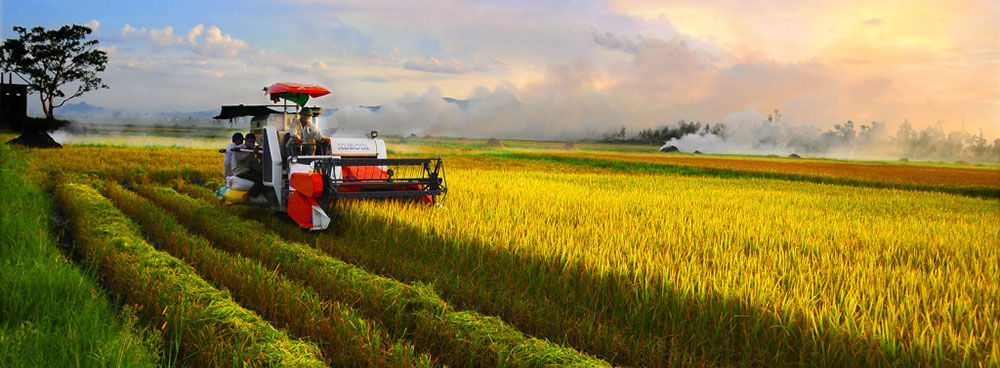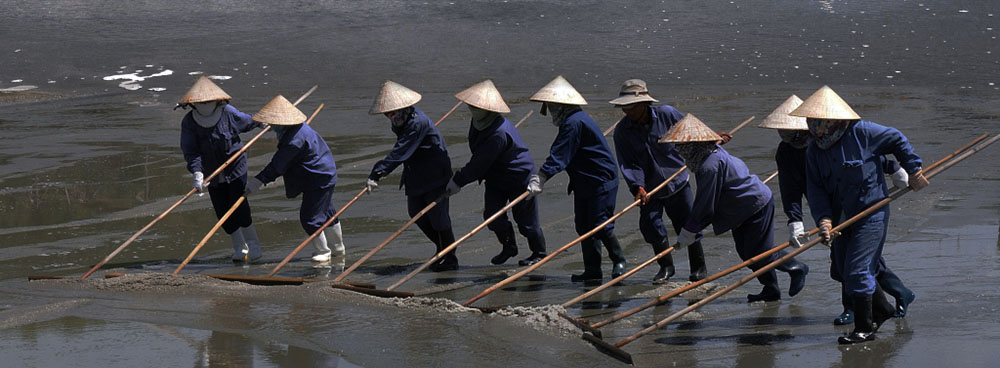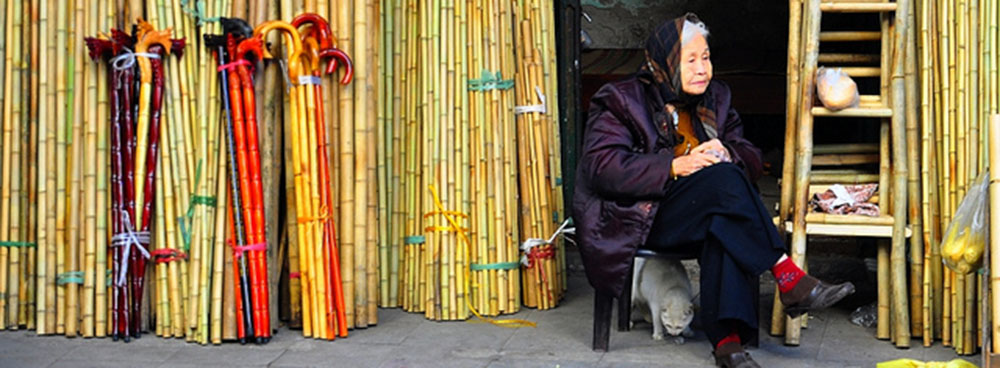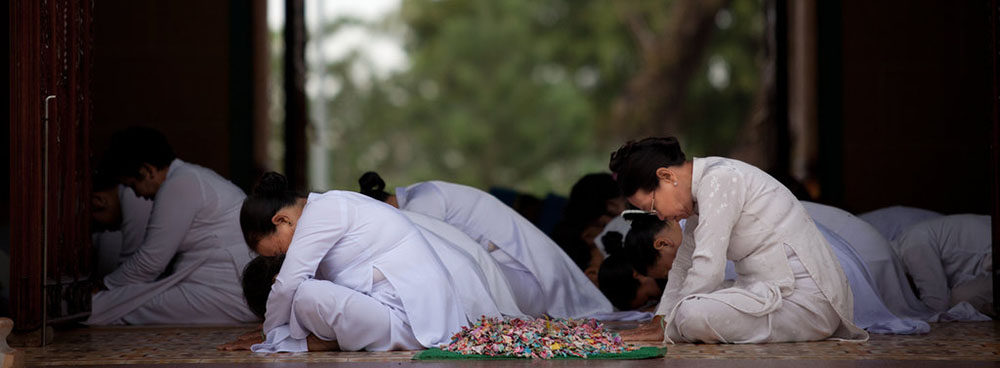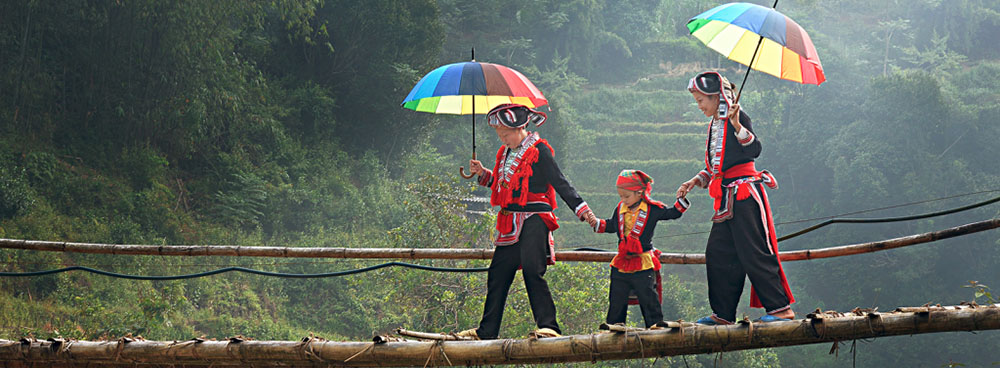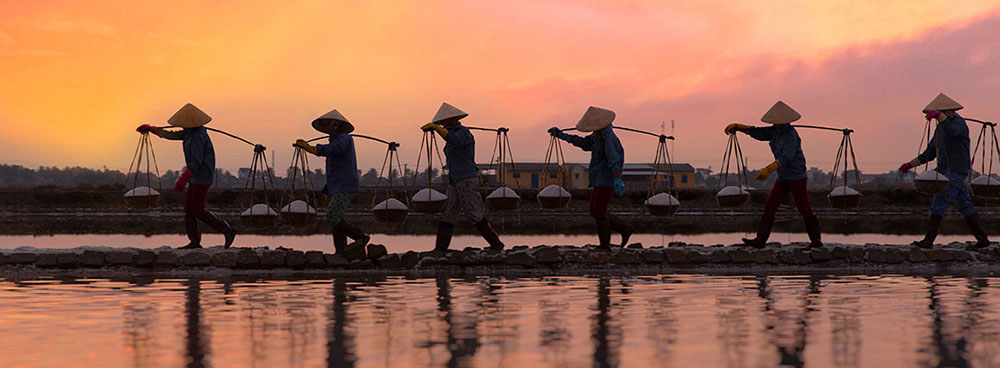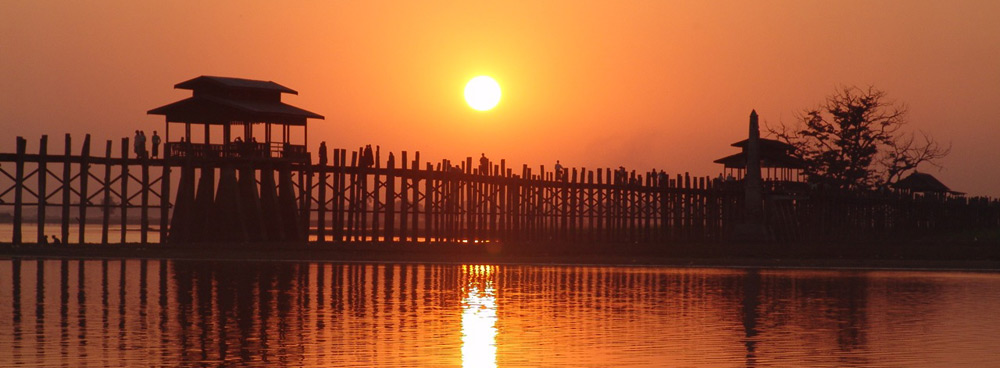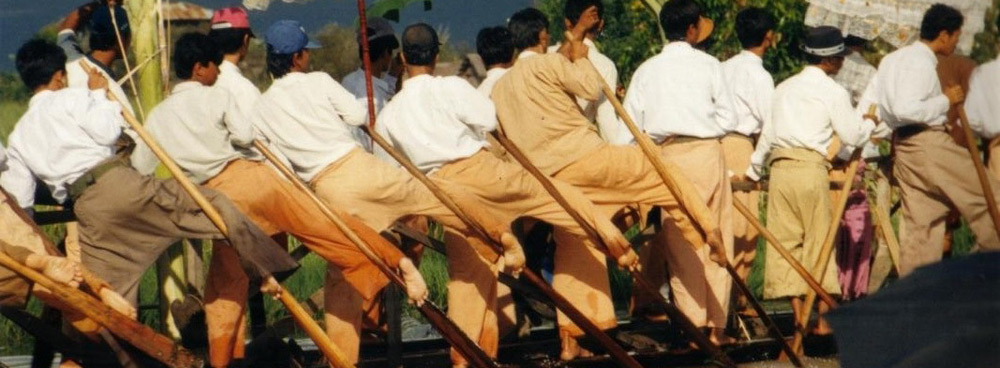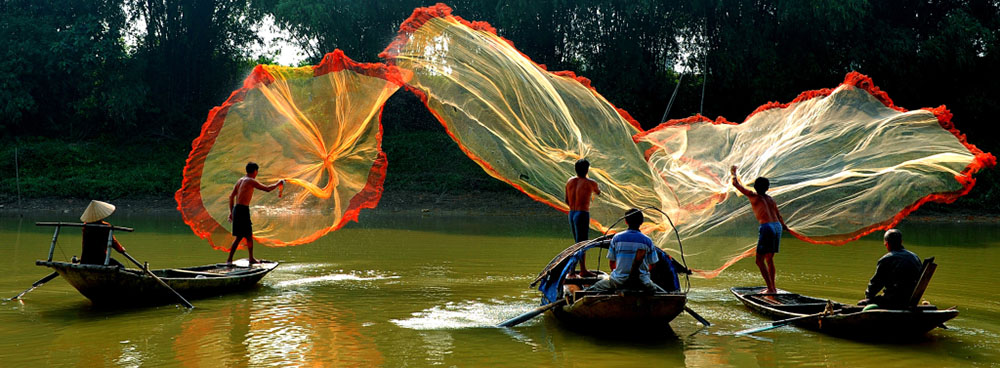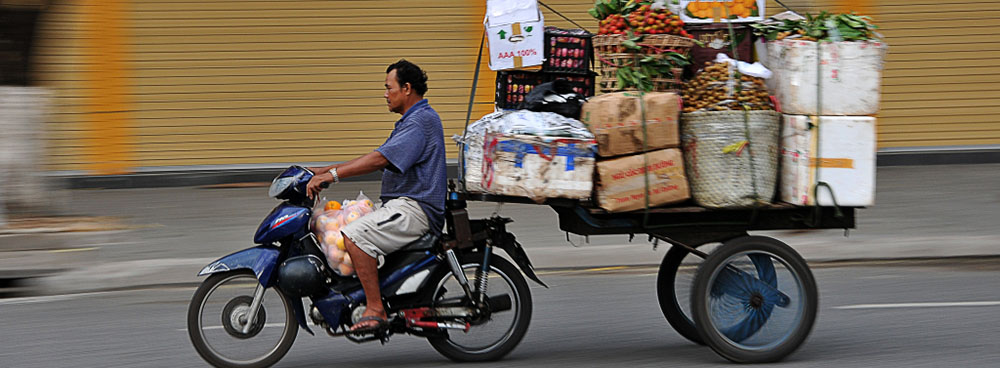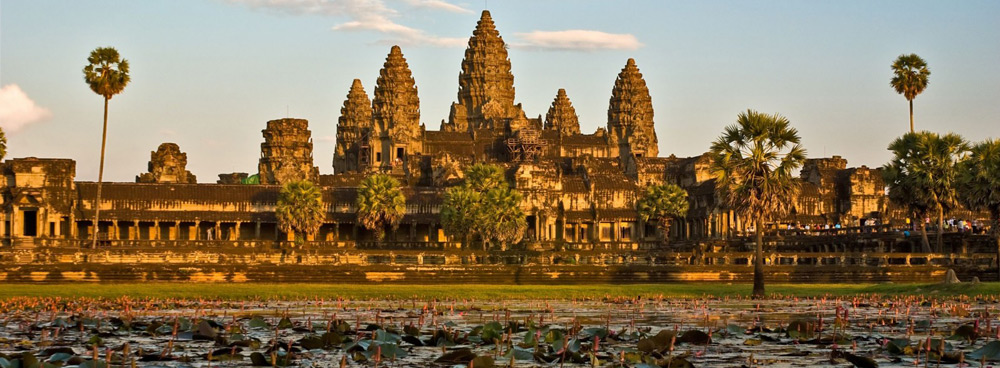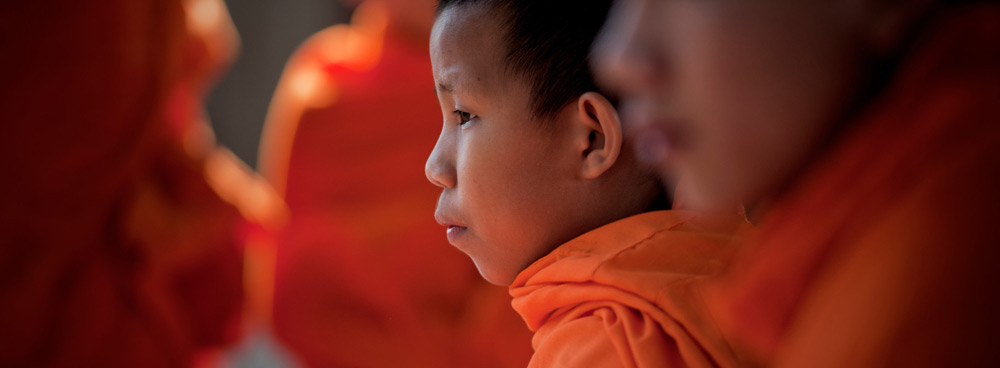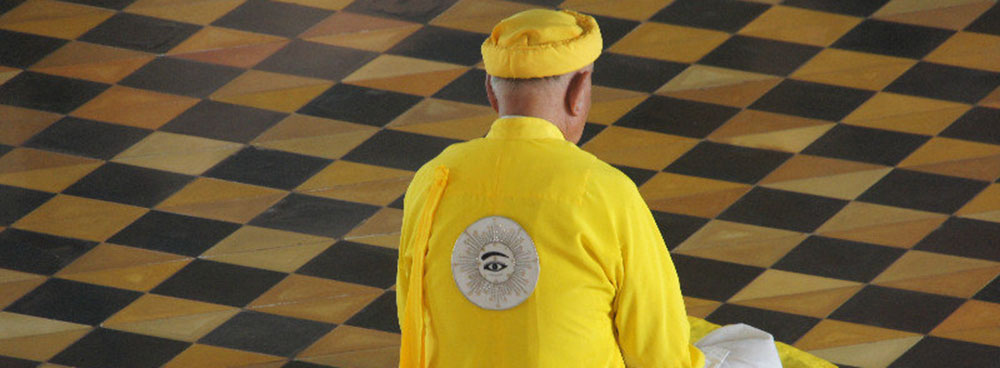POPULAR DESTINATION
CAMBODIA HIGHLIGHT DESTINATIONS
Cambodia might be one of South East Asia’s smallest countries, but it is superlative in stature. Though the nation was brought to its knees under Pol Pot's destructive regime in the 1970s, it has recovered sufficiently to become one of the highlights of South East Asia. It’s a beloved spot for backpackers, who can enjoy 50-cent beers whilst overlooking some of the most awe-inspiring historical remains on the planet. While, the striking magnificence of the Angkor Temples has long been the main draw for budget and luxury travellers alike, as has the country’s ancient Khmer heritage, wild jungles, steamy cities and a past that's equal parts inspiring and saddening.
Cambodia's capital, Phnom Penh, is one of the region's most absorbing cities - a laconic waterside feel offset by rampant nightlife and a proud local culture. In recent years the city has evolved into a somewhat arty hub, with its boutique fashion store shops and galleries, yet the authentic buzz remains. A simple street walk offers an unruly, yet beguiling, scene of rickety tuk tuks, wayward moto drivers and vendors selling everything from Balut - fertilised duck egg - to bowls of spiders, both popular street foods.
Elsewhere, beaches and lashings of tropical adventure all help keep visitor numbers healthy. The intrepid may seek out the hill tribal region of Mondulkiri or Rantanakiri, the sleepy conservation village of Chi Phat, the isolated temples of Preah Vihear and Banteay Chhmar, and the lesser travelled areas of Kampot or Kep.
Cambodia’s national parks are also a must visit. The country is filled with minerals, exotic fauna and over 240 reptile species, 850 freshwater fish species and 212 mammal species, including 16 globally endangered mammals such as Indochinese tigers, Asian elephants and freshwater Irrawaddy dolphins. Wildlife specialists frequent the region to monitor these incredible creatures, while eco-tourists take part in activities and tours to help maintain funding for various conservation projects.
Other tourist sites include both world-wonder-worthy ancient temples at Angkor Wat and, in stark contrast, the Killing Fields - exhibiting the atrocities that took place under Khmer Rouge. Somehow, through Cambodia’s traumatic history, which included years of torture, colonization, carpet-bombing, pillaging and poverty, Khmer people remain some of most gentle, happy and friendly sorts on earth.
The capital of the Kingdom of Cambodia, Phnom Penh, is located at the confluence of three rivers - the Mekong, the Bassac and Tonle Sap. The city is divided into three sections - the north, an attractive residential area; the south or the French part of the city with its ministries, banks and colonial houses; and the centre or the heart with its narrow lanes, markets, foods stalls and shops.
Phnom Penh might be overshadowed by the temples at Angkor but spend time in this Cambodian city and you’ll discover colonial buildings, wide boulevards, pagodas and riverside walks.
Known for its extraordinary Royal Palace and the treasures contained in the National Museum, the best way to discover 21st century Phnom Penh is to explore on foot. Peruse the stalls in the bustling markets full of unusual smells and exotic items, observe monks collecting alms in the early morning hours and admire the dexterity of motorbike riders as they manoeuvre through the city’s chaotic traffic.
If this all gets too much, retreat to one of Phnom Penh’s stylish restaurants, bars and shops which are testament to an emerging city full of confidence and one that is trying to put its troubled history behind it.
Back in the 1960s, Siem Reap was the place to be in Southeast Asia and saw a steady stream of the rich and famous. After three decades of slumber, it’s well and truly back and one of the most popular destinations on the planet right now. The life-support system for the temples of Angkor, Cambodia’s eighth wonder of the world, Siem Reap was always destined for great things, but few people saw them coming this thick and this fast. It has reinvented itself as the epicentre of the new Cambodia, with more guesthouses and hotels than temples, world-class wining and dining and sumptuous spas.
At its heart, Siem Reap is still a little charmer, with old French shop-houses, shady tree-lined boulevards and a slow-flowing river. But it is expanding at breakneck speed with new houses and apartments, hotels and resorts sprouting like mushrooms in the surrounding countryside. The tourist tide has arrived and locals are riding the wave. Not only is this great news for the long-suffering Khmers, but it has transformed the town into a pulsating place for visitors. Forget the naysayers who mutter into their beers about Siem Reap in the ‘old days’, now is the time to be here, although you may curse your luck when stuck behind a jam of tour buses on the way back from the temples.
Angkor is a place to be savored, not rushed, and this is the base to plan your adventures. Still think three days at the temples is enough? Think again with Siem Reap on the doorstep.
Getting here: Most visitors arrive in Siem Reap by air. There are direct flights from most major capital cities in Southeast Asia. It is a 40 minutes flight or a 6 hour journey by road from Phnom Penh.
Cambodia’s second-largest city is an elegant riverside town, home to some of the best-preserved French-period architecture in the country and to warm and friendly inhabitants. The city itself is developing fast but timeless hilltop temples and scenic villages can be seen on leisurely day-trips. The most scenic river trip in the country links Battambang with Siem Reap.
Battambang has more Hindu representations (eg roundabout statues) than you find in most parts of Cambodia and has long had a sizeable Christian minority.
Getting here: There is a daily ferry that departs Siem Reap at 7:30am. It's a picturesque, 6-8 hour journey across the Tonle Sap and up the Sangker River in the wet season, but can be considerably longer in the dry season due to low water levels. Overland from Siem Reap via Sisophon takes 3-4 hours. Much of the stretch between Siem Reap and Sisophon is in poor condition. The road from Sisophon to Battambang is in good condition. Overland from Phnom Penh to Battambang is 291km (4 hours) on a paved road in good condition.
Is a sleepy Mekong River town situated on the east bank of the mighty river.It’s very picturesque with sandbars and big islands out front and bends in the river. Unlike in many towns around Cambodia, the war years were fairly kind to the French architecture and the roads, at least in the town itself. There are some nice-looking homes of French and Khmer style scattered about, adding to the pleasant feel of the place.
The rare freshwater Irrawaddy dolphins make their home in the Mekong River, just north of Kratie. With only around fifteen to twenty remaining, they are worth a visit. Whether you are just on a trip seeing the river towns along the Mekong or taking a full circuit trip around the east and northeast, Kratie is a nice place to spend a night or two.
A world apart from lowland Cambodia, Mondulkiri is the original Wild East of the country. Climatically and culturally, it’s also another world, which comes as a relief after the heat of the plains. Home to the hardy Pnong people and their noble elephants, it is possible to visit traditional villages and learn how to be a mahout. The landscape is a seductive mix of pine clumps, grassy hills and windswept valleys that fade beguilingly into forests of jade green and hidden waterfalls. Wild animals, such as bears and tigers, are more numerous here than elsewhere, although chances of seeing them are about as good as winning the lottery.
Mondulkiri means ‘Meeting of the Hills’, an apt sobriquet for a land of rolling hills. In the dry season it is a little like Wales with sunshine; in the wet season, like Tasmania with more rain. At an average elevation of 800m, it can get quite chilly at night, so carry something warm.
Getting here: It is 370 km (6-8 hours) by road from Phnom Penh to Sen Monorom. Most of the road is in good condition with exception of some potholes from Phnom Penh to Kompong Cham. The worse part of the road is from Snoul to Kev Seima which has bumpy dirt tracks.
Up-and-coming Ratanakiri is making a name for itself as diverse region of outstanding natural beauty that provides a remote home for a mosaic of minority peoples. The Jarai, Tompoun, Brau and Kreung are the Khmer Leu (Upper Khmer) people with their own languages, traditions and customs. There is also a large Lao population throughout the province and multiple languages will be heard in villages such as Voen Sai.
Adrenaline activities are plentiful. Swim in clear volcanic lakes, shower under waterfalls, glimpse an elephant or trek in the vast Virachay National Park - it’s all here. Tourism is set to take off, but that is if the lowland politicians and generals don’t plunder the place first. Ratanakiri is the frontline in the battle for land, and the slash-and-burn minorities are losing out thanks to their tradition of collective ownership. The forest is disappearing at an alarming and accelerating rate, replaced by rubber plantations and cashew-nut farms. It is to be hoped someone wakes up and smells the coffee - there’s plenty of that as well - before it’s too late.
Bordering Thailand and Laos to the north, vast Preah Vihear Province – much of it heavily forested and extremely remote – remains desperately poor. This is in part because many areas were under Khmer Rouge control until 1998, and in part because of the catastrophic state of the infrastructure – there’s not a single paved road in the entire province!
However, Preah Vihear is home to three of Cambodia’s most impressive legacies of the Angkorian era. Prasat Preah Vihear, high atop the Dangkrek Mountains escarpment, is truly stunning, though for now this temple is much easier to get to from Thailand than from the provincial capital, Tbeng Meanchey. The trip from the Cambodian side involves a tough overland journey and, in the wet season, the distinct possibility of a night in the forest. The mighty Preah Khan isn’t as far north but is reachable only in the dry season. Fortunately, there’s good news regarding the 10th-century capital of Koh Ker, now an easy toll-road drive from Siem Reap (via Beng Mealea).
Surrounded by white-sand beaches and undeveloped tropical islands, the port city and beach resort of Sihanoukville (Krong Preah Sihanouk), also known as Kompong Som, is the closest thing you get to the Costa del Cambodia. Visitor numbers have risen steadily in recent years – and are likely to skyrocket if flights to Siem Reap are resumed – but for the time being, despite the boomtown rents, the city and its sandy bits remain pretty laid-back.
Named in honour of the then-king, Sihanoukville was hacked out of the jungle in the late 1950s to create Cambodia’s first and only deep-water port, considered vital so the country’s international trade would no longer have to pass through Vietnam. During the 1960s the city experienced a small tourism boom.
The big attractions around here are the four beaches ringing the headland. None of them qualify as the region’s finest but on weekdays it’s still possible to have stretches of sand to yourself. On weekends and holidays Sihanoukville is extremely popular with well-to-do Phnom Penhers.
Getting here: Sihanoukville is 230 kilometers or about a 3,5 hours drive from Phnom Penh. It is accessible via one of the best inter-provincial roads in the country.
The seaside resort of Kep-sur-Mer, famed for its spectacular sunsets and splendid seafood, was founded as a colonial retreat for the French elite in 1908. Cambodian high rollers continued the tradition, flocking here to enjoy gambling and water sports, and in the 1960s it was home to Cambodia’s leading zoo.
The Khmer Rouge – radical Maoists who loathed the bourgeoisie – were known to harbour a particular hatred for the town and the destruction they wrought was nearly total. Today, dozens of Kep’s luxurious pre-war villas are still just blackened shells, poignant reminders of the long years of Khmer Rouge rule and civil war. Inhabited by squatters, the mansions – remnants of a once-great (or at least rich and flashy) civilisation that met a sudden and violent end – have a post-apocalyptic feel.
After several false starts, Kep finally seems to be rising from (or among) the ruins. It’s again popular, especially on weekends and holidays, with the wealthy elite of Phnom Penh. Drawn by the languid, Riviera-like atmosphere, they drive down in SUVs to picnic and frolic on the scruffy beaches (even before the war, white sand was shipped in from Sihanoukville to keep up appearances). If you want to see the town before big money transforms it, you’d better hurry.
Getting here: From Kampot, it is a 25km (30-45 mins) trip on paved, smooth road through scenic Cambodian countryside.







